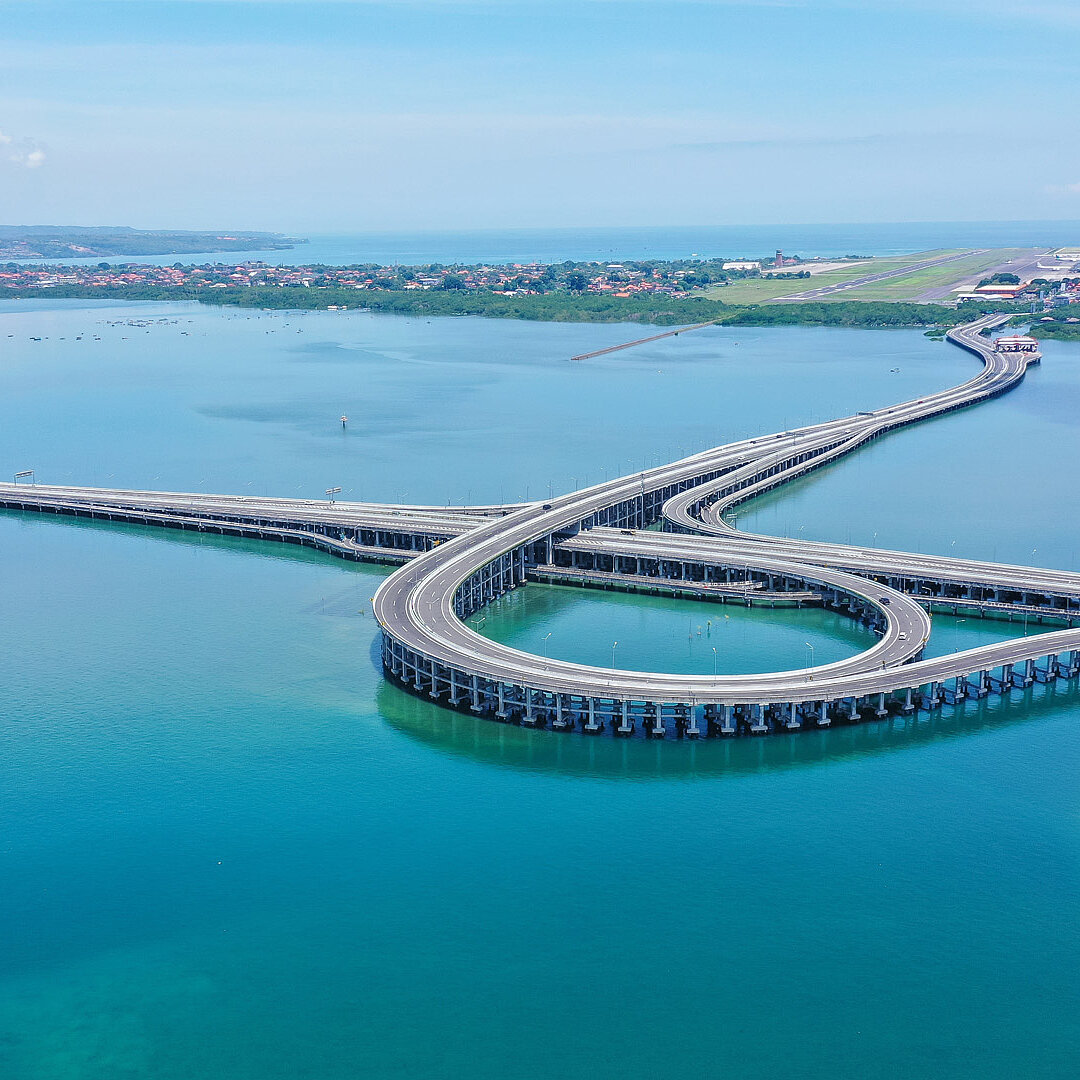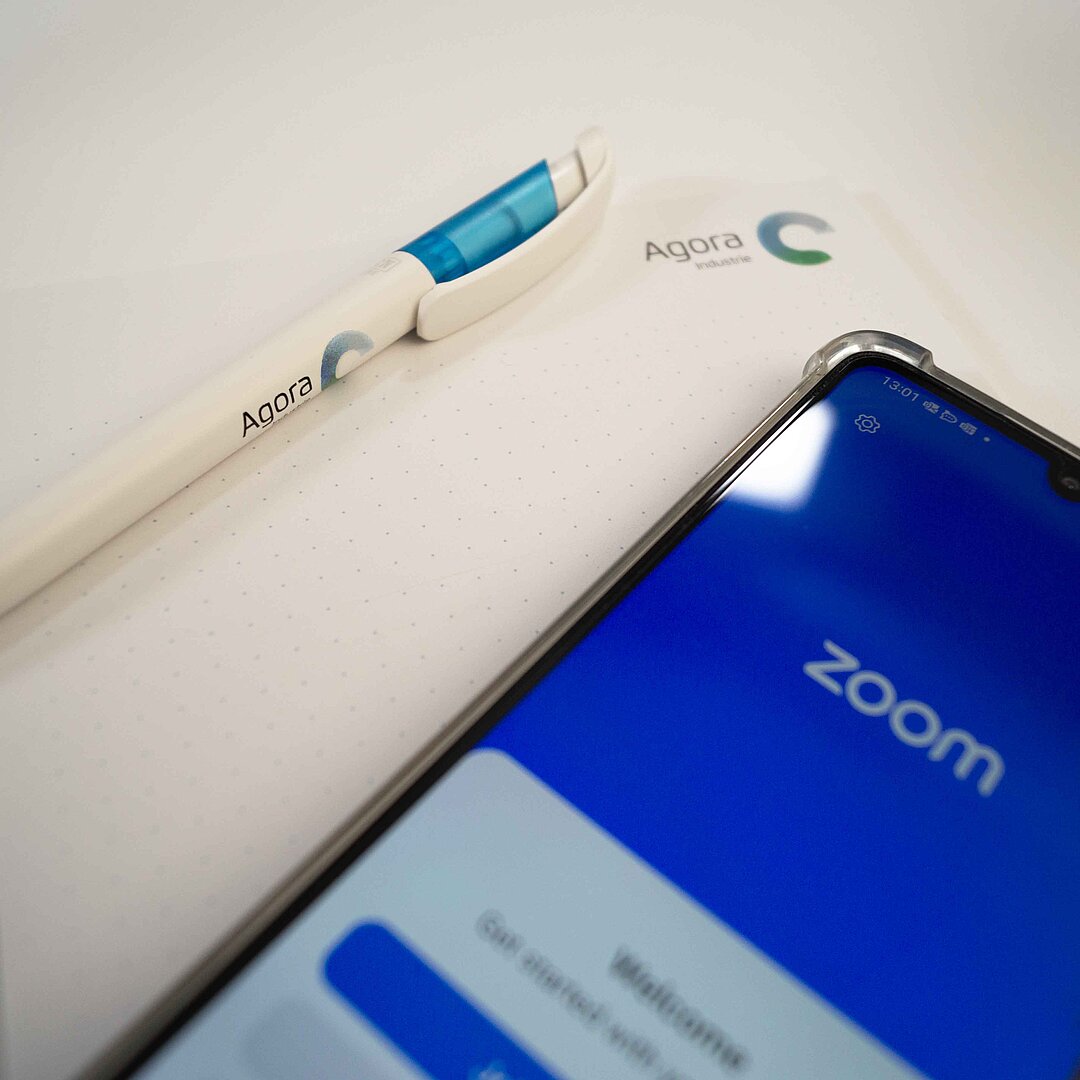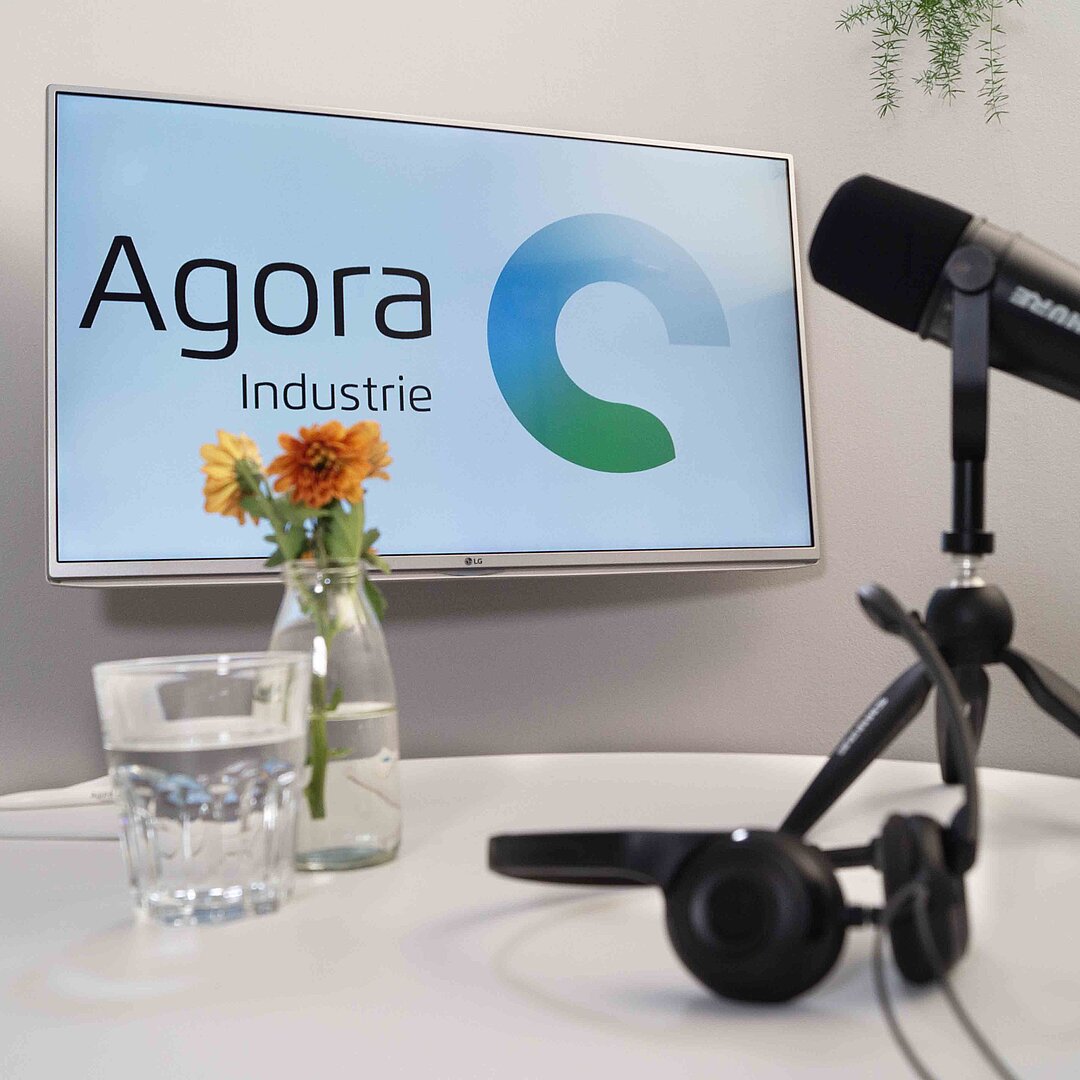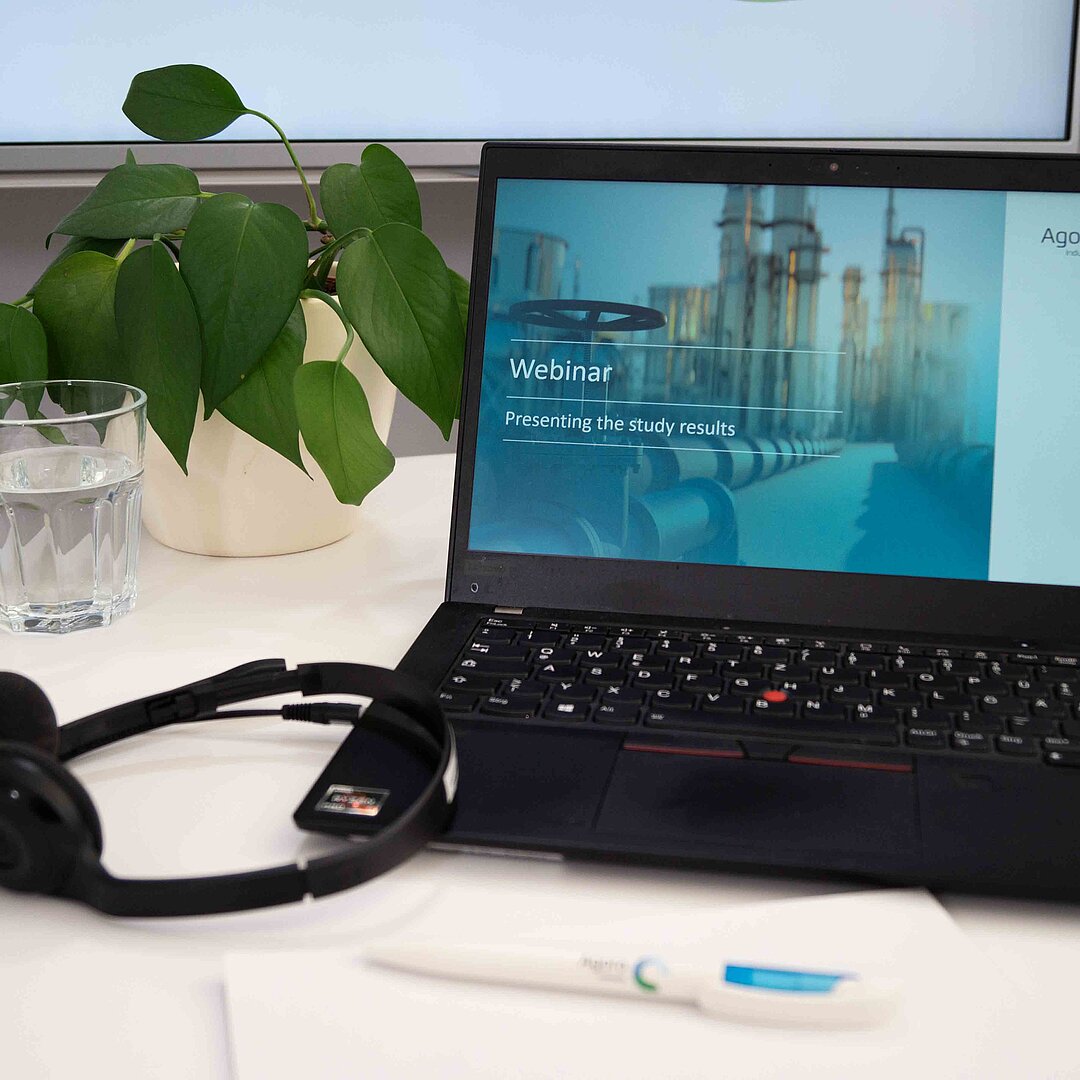Forging ahead: the road to climate-neutral steel by 2050
With key investment decisions and climate targets approaching, the steel sector is entering a critical decade. A new Agora Industry policy brief charts the path to climate-neutral steel by 2050, detailing the policies, investments and technologies needed to decarbonise this emission-intensive industry.
The steel sector underpins the modern economy, providing the infrastructure, materials and jobs essential for everyday life – as well as the climate transition. Yet steel production today still accounts for around nine percent of global greenhouse gas emissions. While emissions have levelled off in recent years, dropping one percent since 2021, this plateau is due to falling output rather than cleaner routes. Achieving climate-neutral steel production by 2050 will require coordinated policies, strategic investments and the widespread deployment of clean technologies across the value chain. A new Agora Industry policy brief outlines the decisions and investments needed over the next decade to put the sector on track.
Encouragingly, the current pipeline of low-carbon steel projects could mark the turning point from today’s emission plateau. If fully realised, these projects could cut sector-wide emissions by around five percent by 2030 – an important first step on the onward path towards climate-neutral steel production by mid-century.
A pivotal moment for investment
With 70 percent of blast furnaces due for reinvestment in the next decade, the sector faces a critical window of opportunity. Redirecting capital towards near-zero technologies will be essential to align investment with long-term climate goals. The most viable pathway for deep decarbonisation of primary steel production is hydrogen-based direct reduced iron (H₂-DRI) combined with electric arc furnaces (EAF). In this process, iron produced via H₂-DRI serves as the key feedstock for steelmaking in EAFs, replacing coal-based iron from blast furnaces. This route is the only commercially mature solution capable of achieving large-scale, timely emission cuts in primary steelmaking. While scrap-based steel could meet up to half of 2050 demand, the remaining primary production must mainly come from clean H₂-DRI.
However, the think tank Agora Industry, which tracks global progress on green steel worldwide, notes that more needs to be done for the sector to meet its targets. Both final investment decisions (FIDs) and built capacity remain below the levels required. Announced capacity of H₂-DRI currently totals just 89 million tonnes (Mt), short of the approximately 100 Mt needed by 2030 to stay aligned with a pathway towards potentially 1,000 Mt of climate-neutral primary steel needed by 2050. Achieving this will thus require substantial investment and an accelerated buildout, with global capacity needing to expand by an average of 50 million tonnes of new DRI production each year after 2035.
Progress requires both domestic policy action and international collaboration
At the national level, comprehensive and supportive policy toolkit – including (carbon) contracts for difference, green public procurement, robust product and scrap standards, and monitoring, reporting and verification – can unlock investment by reducing risk and creating early demand for climate-neutral steel. Collaboration between government and industry will also be key to facilitate infrastructure planning, industrial strategy and technology deployment.
Additionally, strategic international partnerships can help establish clean value chains and harmonise standards for green iron and steel. Coordinated global action across the value chain will be crucial to ensure affordable renewable energy and hydrogen supply, improved grid infrastructure, access to high-grade iron ore and trade in intermediates such as hot-briquetted iron (HBI).
The sector is facing a potential inflection point, with several producers now positioning themselves as leaders in the shift to low-carbon industry. With clear standards, coordinated action and targeted investment, today’s pipeline of steel production can lay the foundation for a resilient and climate-neutral global steel industry.
The 27-page policy brief Achieving climate-neutral steel by 2050: how the steel sector can shift from coal-based to clean production draws on extensive stakeholder input and is available for download below. Building on its findings, eight companies across the steel value chain from five different geographies have used the policy brief for a joint call to action ahead of the UN Climate Summit COP30 in Brazil, urging governments to strengthen policies and create the conditions needed to accelerate steel decarbonisation.









![The global steel industry can achieve net-zero emissions by the early 2040s [Translate to English:]](/fileadmin/_processed_/8/f/csm_15_insights_global_steel_news_73f640a802.jpg)




![Shifting global steel reinvestments from coal to clean [Translate to English:]](/fileadmin/_processed_/9/e/csm_global-steel_project_news_2_283e600f74.jpg)
